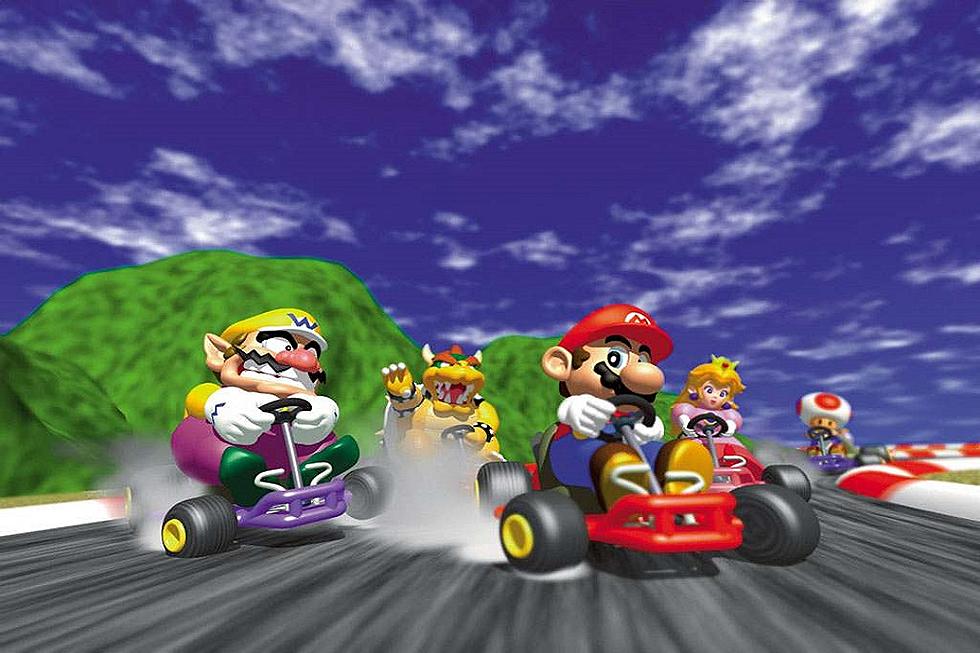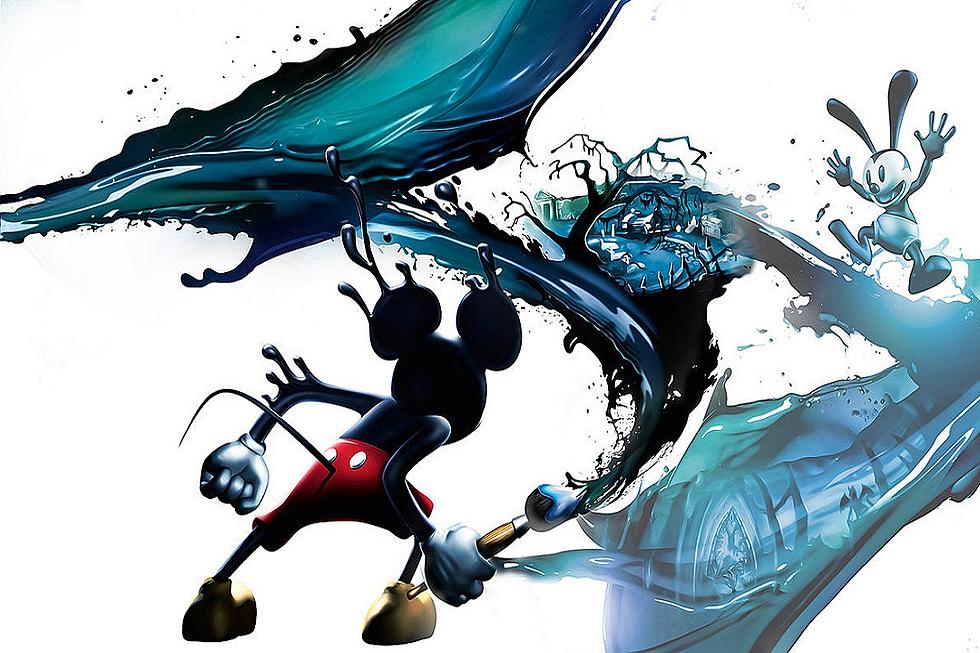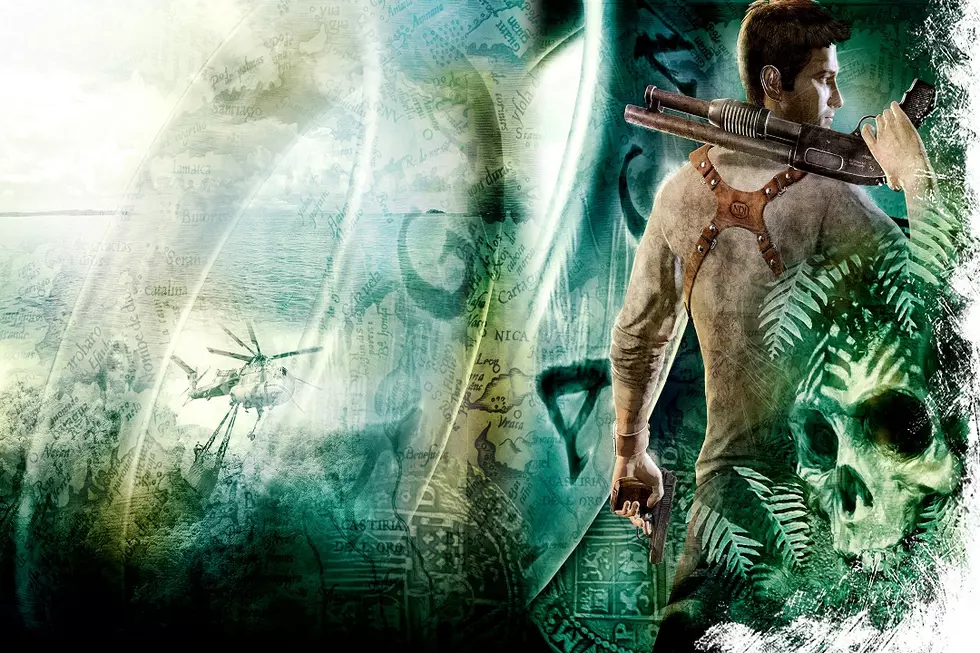
Diving Deeper Into the Depths of the Inferno: A Celebration of Diablo II
Role-playing games have certainly come a long way over the course of the genre’s history, but no matter how technology progresses or how developmental focus changes, the true measure of a game’s worth can be measured not only in its sales at the gate of release, but also in its holding power and longevity among its community. This can be said of any video game really, but when it comes to a single role-playing game that defines this idea, there are few single games that have ever offered more to their fanbase than the one and only Diablo II. Today we celebrate the arrival of the game that defined cooperative dungeon crawling for the better part of a decade.
Diablo II’s development began a couple of months after the release of the original game in 1996. The critical acclaim the first garnered drove the team to create a product that overshadowed the original in nearly every conceivable way. It was easier said than done and challenged the team extensively. Diablo II was built from the ground up with only the slightest remains of coding and programming from the original game. Diablo had one town. Diablo II would have four. Diablo had very limited sets of armor styles. Diablo II would procedurally generate hundreds of pieces of equipment to gird players. Diablo had very specific unique boss monsters. Diablo II had systems for randomly generating from a pool of thousands of different special monsters. It was this grueling desire to improve upon greatness in every way that would take Diablo II from a two year development cycle to three years with an enormous amount of work leading up to release day in the final year of development.
In previews and reviews, players and playtesters were often quoted to have said that Diablo II felt like more of the same thing that had come in Diablo. Some might have taken this as an insult, but the crew at Blizzard North took it as a compliment. They strived to bring their dungeon crawler to the next level without taking away the visceral experience of hunting down monsters and quests for instant rewards that had made the original game beloved. One of the greatest features of the game was that it was specifically made with online in mind and supported a fantastic net code for bringing allies in to help your conquest or call forth a human adversary with which to do battle in player vs. player. This ease of access to online features for free is a large part of Diablo II’s prolonged player base.
Diablo II featured five new characters (with two more that would come from expansions) and one of the most dynamic changes was the skill trees. Where the first game forced the original three classes to share all skills, Diablo II offered skill trees unique to each of the five classes. This seems elementary now, but at the time, it was a revolutionary feature that first allowed numerous players to play a same class in drastically different ways. It’s arguable whether Diablo II truly introduced this system, but it was certainly the game that made it famous and enduring across not only its own franchise, but others such as World of Warcraft as well. Players continually scrambled to find the best metas in each class for player vs. player and player vs. AI, not to mention solo and cooperative builds.
Diablo II was lightning in a bottle in a way that developers often only ever dream of obtaining. Even with the existence of Diablo III, there was a presence of dedicated players that remained in Diablo II and the argument is fervent between the most diehard as to which is actually a better game. For what it’s worth, Diablo II will probably always have a place in the hearts of PC dungeon crawlers everywhere, if not for the way it brought friends, clans, and communities together, then for the absolute wealth of content it provided, giving players one of the most rewarding isometric RPG experiences ever created.
More From Arcade Sushi









